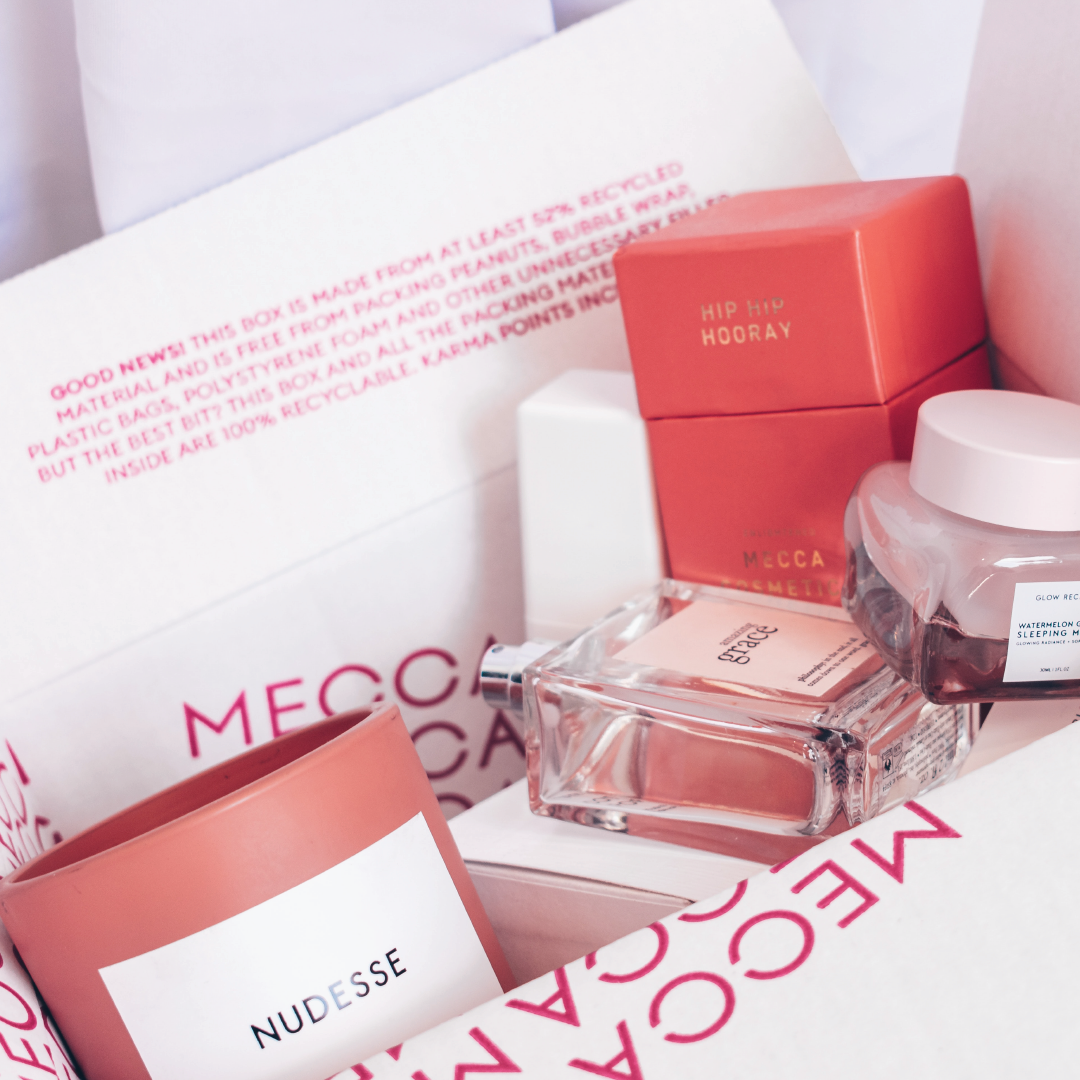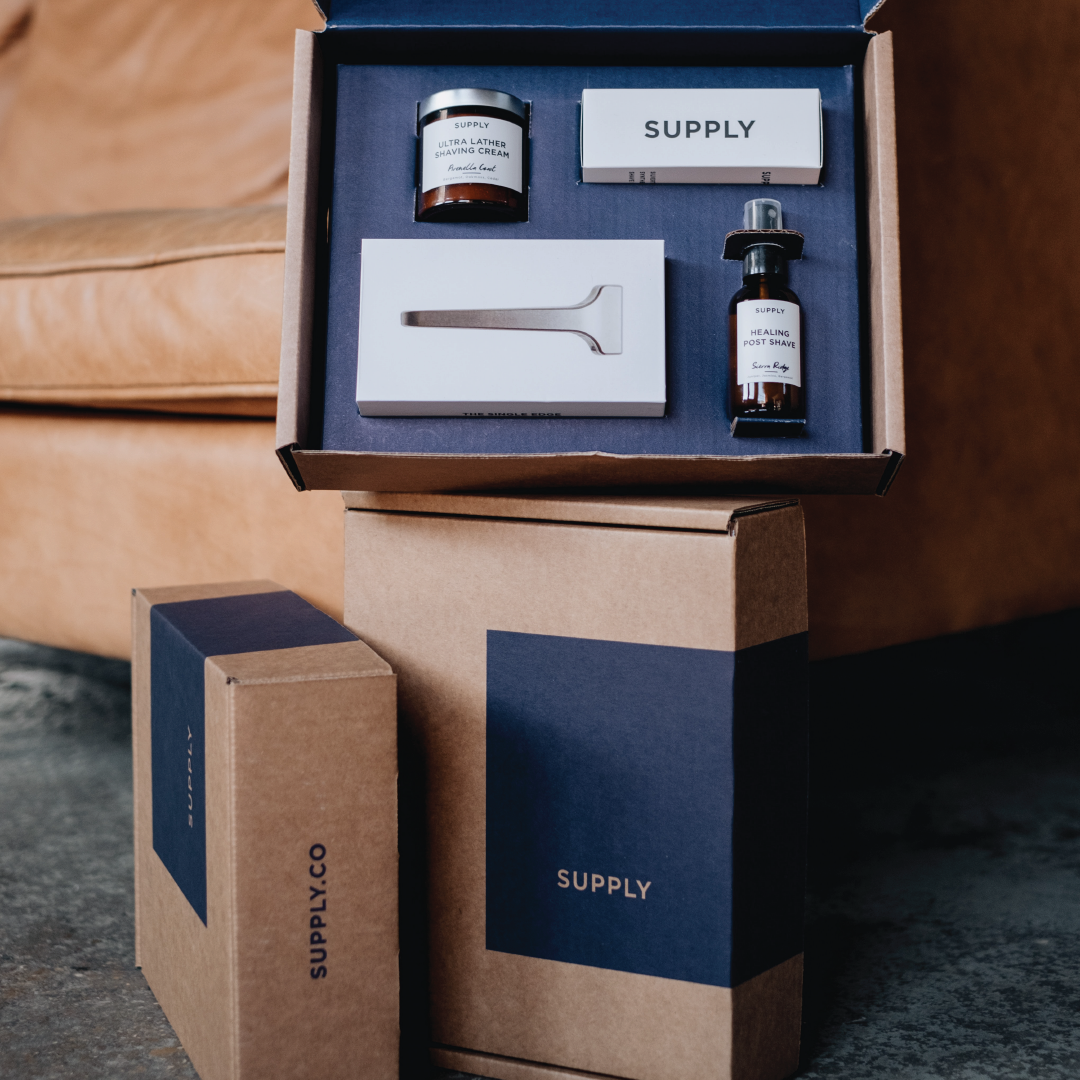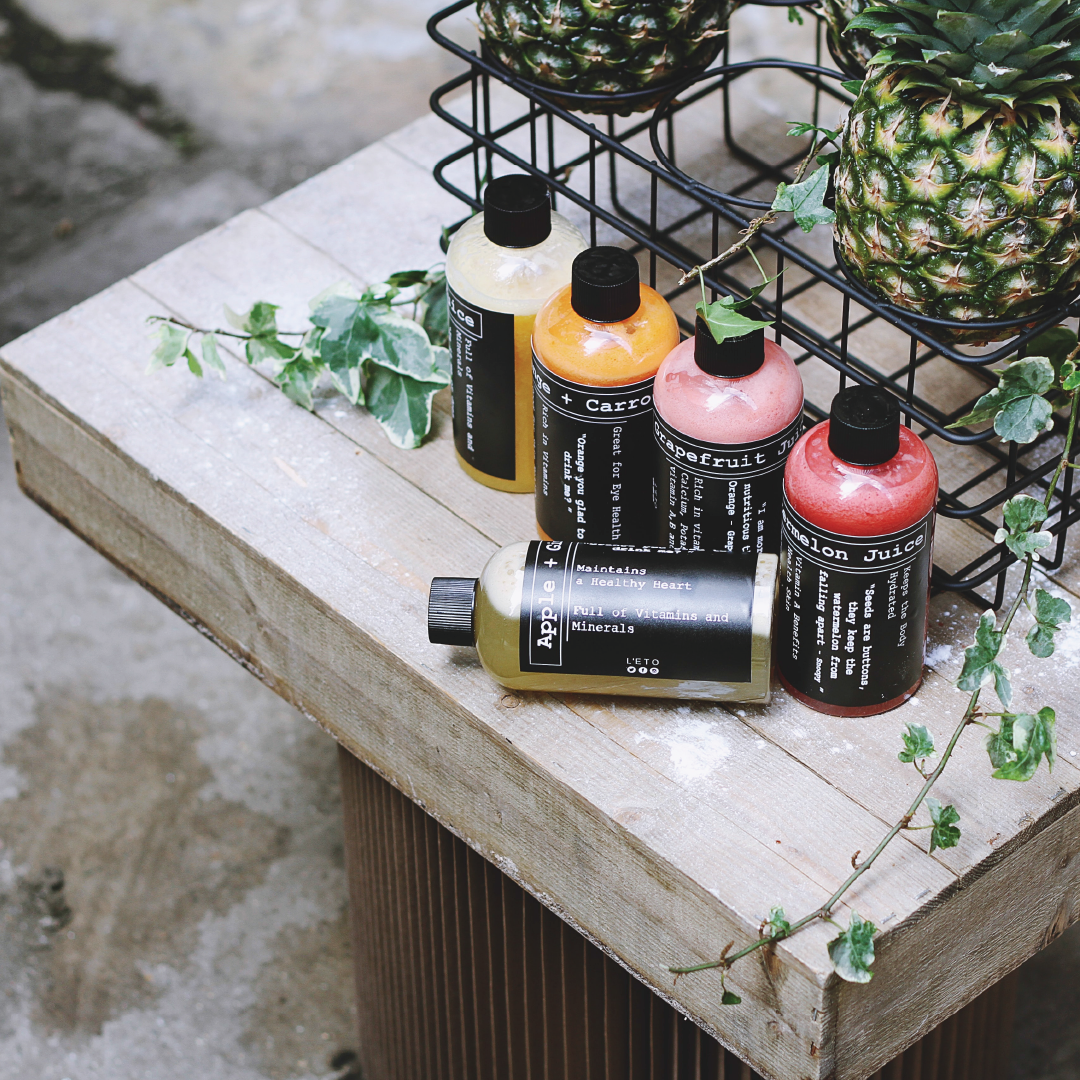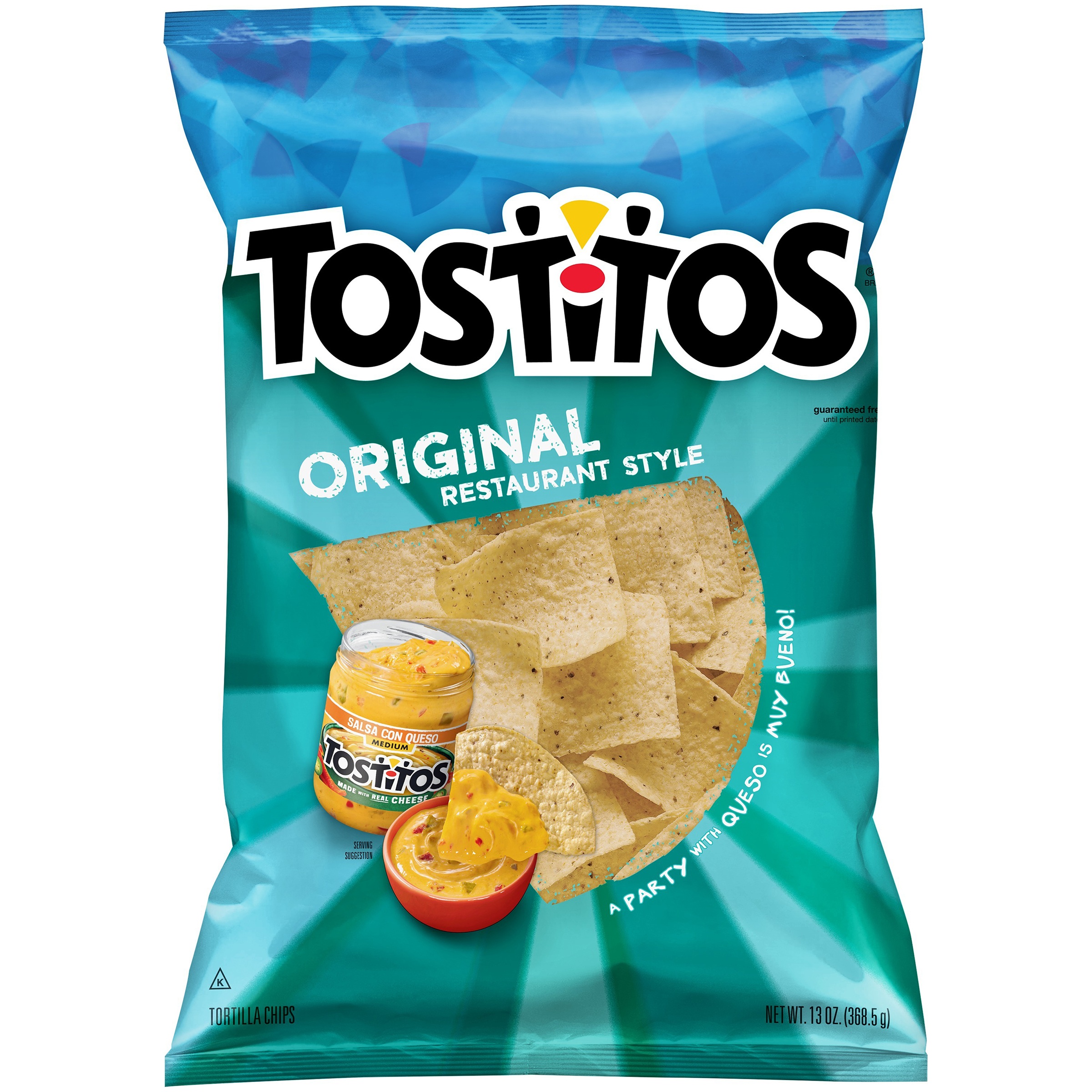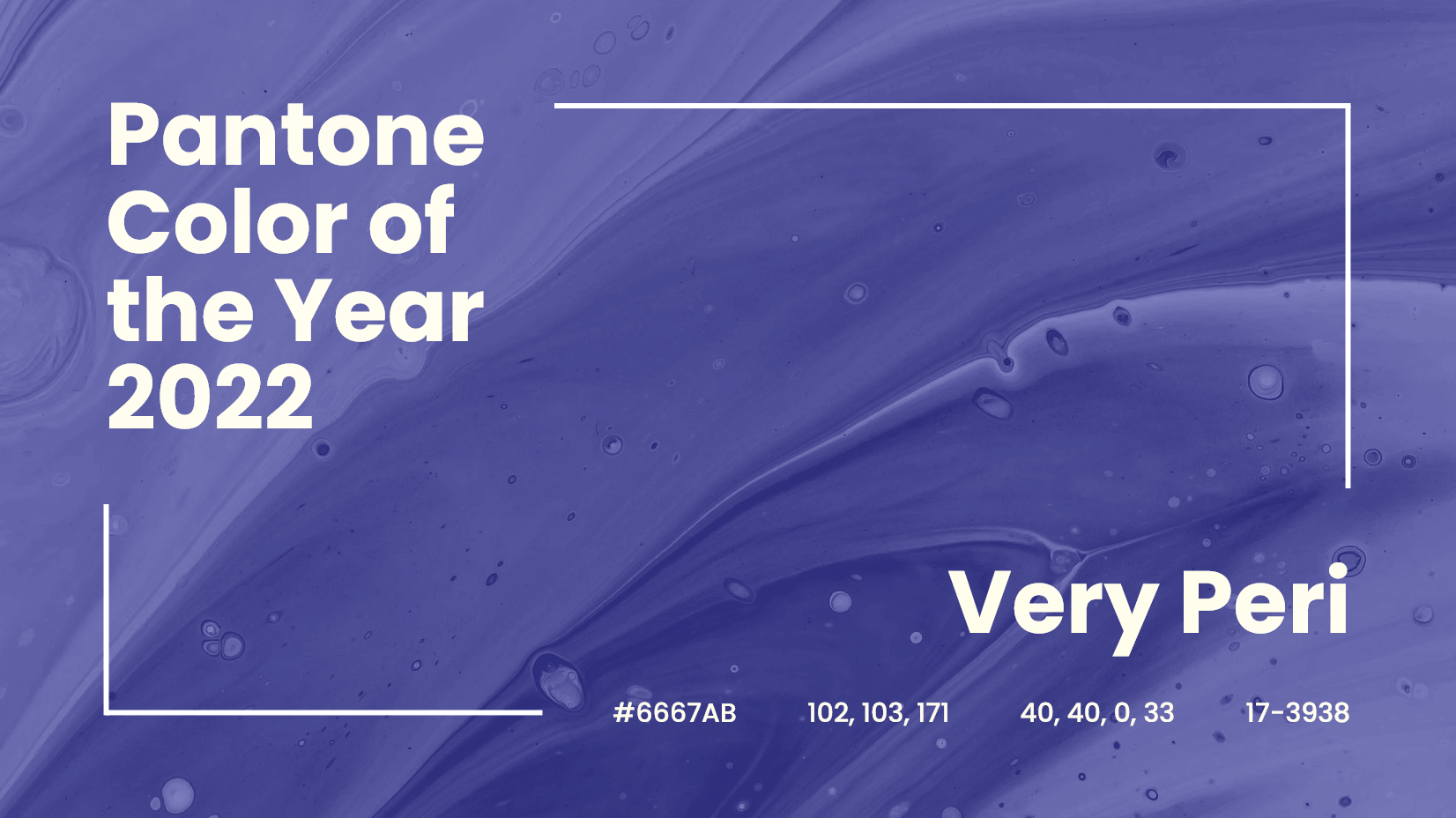
The Power of Personalization
Personalization– a word that has become one of packaging’s most relevant buzzwords. Over the past few years, the interaction between consumers and brands has shifted radically, sending more power into the hands of buyers. By 2025, personalization will have taken over as the most effective way to target consumers.
As consumerism trends develop, it has become evident that brand loyalty is declining. For brands, curating personalized products and corresponding packaging provides a solution to diminished brand loyalty while catering to the needs and wants of consumers. Personalization is executed any time a company uses digital printing to reach a variety of target audiences. This can be done through the use of consumer names, interests, demographics or geographic areas. Custom packaging and products aim to forge an immediate connection with the consumer so that they are more likely to support a brand time and time again. Although the personalization trend has appealed strongly to consumers, brands have uncovered barriers that require innovative strategies to overcome.
As with any business approach that analyzes consumer data, concerns about privacy emerge. Companies with successful personalization strategies all have one thing in common– transparency. Ensuring that your customers know how their data is being used builds trust for your brand and in some cases, gains you reputable standing with the public. Many of the companies that boast success offer opt-out options, data usage preferences and added security measures to protect sensitive data. Personalization is by no means a part time job. In order to see results trickle down to the bottom line, companies must devote time and attention to creating and implementing an effective strategy.
Interested in incorporating personalization into your marketing strategy, but don’t know where to start? An effective action plan includes four simple steps.
- Data foundation: Building an accurate depiction of your customer base.
- Decisioning: Analyzing consumer data that is collected and choosing different ways to act upon it.
- Design: Creating messages and offers that will appeal to consumers based on their interests and needs.
- Distribution: Delivering the content to customers and measuring the success of the personalization strategy.
While personalization can enhance your product and give new life to your packaging, it is crucial to uphold your brand’s values. There are different levels of personalization that align with existing strategies and company goals while still delivering desired results.
- Made for you: Many brands customize the packaging of the product with a name or other small detail that reassures the customer that it has been crafted uniquely for them.
- Uniquely formulated: This approach addresses concerns that mass-produced products cannot; often the formulas of products can be specified to exactly what the customer wants.
- Customized for delight: Brands allow the buyer to customize what the product is made out of, the flavor or scent it carries, and the style of the packaging.
Consumers are beginning to expect more out of brands. From personalization to sustainable or recyclable options, consumers will support brands that deliver modern solutions to current challenges in the industry. At Haney, we provide a wide range of capabilities to cater to the current needs of our partner brands, regardless of what approach they are taking to satisfy their customers. Together, we can adapt to ever-changing consumer demands and predict future trends in the packaging and prototyping world.

